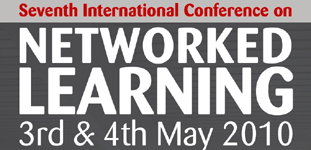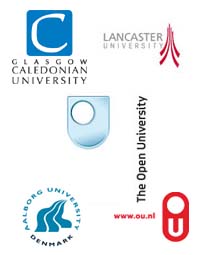

Community-centred Networks and Networking among Companies, Educational and Cultural Institutions and Research
Ulla Konnerup, Lone Dirckinck-Holmfeld
Aalborg University, Aalborg, Denmark
Abstract
This article presents visions for community-centred networks and networking among companies, educational and cultural institutions and research based on blended on- and off-line collaboration and communication. Our point of departure is the general vision of networking between government, industry and research as formulated in the Triple Helix Model (Etzkowitz 2008). The article draws on a case study of NoEL, a network on e-learning among business, educational and cultural institutions and research, all in all 21 partners from all around Denmark. Focus is how networks and networking change character as a result of the modernity. Based on theories on different conceptualizations of networks and networking presented by Castells, 2000-2004; Brown & Duguid 2000; Slevin 2004, which we will discuss in relation to some of the work about communities of practice by Wenger 1998; and ‘technology stewarding’ in Networked Learning, Wenger et al. 2009; we want to present some new opportunities and challenges of networking. The analysis concerns the participation structure and how the network activities connect local work practices and research, and how technology and online communication contribute to a change from participation in offline and physical network activities into online dynamical networking. We advocate for a network where all nodes not necessarily are equally strong and not participating in the same way. Using Granovetter´s notions of strong and weak ties, we show how the weak ties can be conducive to networking and how a network can be expanded into multiple networks. Finally, we argue for our vision and plans for the future NoEL; e.g. the importance of stronger online activities. We believe that design must be based on collaborative thinking, which consists of open and collaborative sharing of resources among participants from companies, institutions and research communities interested in e-learning We are in the process of establishing the network as focus area as part of a larger network, so it is possible with strong clusters and inter-institutional cooperation in the network. Such a structure will make communication and access to resources and access to activities from partners smoothly for all parties.
| About NLC | Welcome Messages| Acknowledgwments | Conference Proceedings| Keynote Speakers| Index of Presenting Authors| Contact |